If I had to pick a single interior design style that I cannot live without, it will definitively be Spanish revival. Maybe it is my Balkan upbringing and the need to find familiar in a new environment but my love affair with Spanish Revival started immediately when I first came to Los Angeles.
As you know Spanish Revival was a prominent U.S. style movement from 1915 to the late 30s which blended effortlessly design elements of Spanish Baroque with influences from Italy, Mexico, and even Moorish architecture to create an eclectic and very distinctive style that you will find in affluent neighborhoods of Florida and California such as Coral Gables, Palm Beach, Pasadena, Hancock Park, Los Filiz, and Palm Springs, just to name a few.
Two of the finest examples of public buildings in the style are of course the iconic Beverly Hills City Hall
and the Pasadena City Hall:
Tile roofs, stucco exteriors with exquisite details, arched windows, arcaded passageways, and cantelivered balconies are characteristic of the style and give it a very eclectic and distinctly tropical look.
Applied relief ornamentation, tiles, and wrought iron grillwork are generously used both to frame doorways and windows, and as decorative accents throughout the interiors.

If you have low ceilings or the house is not an open floor plan then a better option is to use wall sconces. They create a visual height extension and make a nice focal point for a small space.
The options and styles are limitless and within any budget.
Mediterranean Exterior by Los Angeles Interior Designers & Decorators Woodson & Rummerfield's House of Design
As you know Spanish Revival was a prominent U.S. style movement from 1915 to the late 30s which blended effortlessly design elements of Spanish Baroque with influences from Italy, Mexico, and even Moorish architecture to create an eclectic and very distinctive style that you will find in affluent neighborhoods of Florida and California such as Coral Gables, Palm Beach, Pasadena, Hancock Park, Los Filiz, and Palm Springs, just to name a few.
Two of the finest examples of public buildings in the style are of course the iconic Beverly Hills City Hall
and the Pasadena City Hall:
Tile roofs, stucco exteriors with exquisite details, arched windows, arcaded passageways, and cantelivered balconies are characteristic of the style and give it a very eclectic and distinctly tropical look.
 |
| 9th Circuit Justice Foundation Building in Pasadena, Ca |
 |
| Modern Construction incorporating Architectural Salvage and Antiques |
Mediterranean Patio by Mexico City Interior Designers & Decorators DIAZ DE LUNA SIGNATURE
Now if you are lucky enough to have one of those magnificent houses, your decorating possibilities are endless. But if you have a 'ordinary' house which happens to have exposed wood beams, well you are in luck! Some strategic use of tiles, ironwork elements, and general use of stucco could transform any such interior into a timeless and inviting home decor by drawing on the elements of Spanish Revival. Here are #fiveEasyTricks to achieve it:
Step One: Textured Stucco White or Off-White Walls
If you want to capture the essence of the era, textured stucco wall is a must. Traditional stucco is made of lime, sand, and water. Modern stucco application, however, use Portland cement instead of lime as the base. Sometimes additives such as #acrylics and glass fibers are added to improve the structural properties of the #stucco. The traditional application of stucco involves three coats — the scratch coat, the brown coat, and the finish coat. The two base coats of plaster can be hand-applied or machine sprayed. The finishing coat can be troweled smooth, hand-textured, floated to a sand finish or sprayed to give it the desired appearance. Doing it the old-world way is expensive, so using one of the single coat application system is a great budget saving alternative.
Now if you are lucky enough to have one of those magnificent houses, your decorating possibilities are endless. But if you have a 'ordinary' house which happens to have exposed wood beams, well you are in luck! Some strategic use of tiles, ironwork elements, and general use of stucco could transform any such interior into a timeless and inviting home decor by drawing on the elements of Spanish Revival. Here are #fiveEasyTricks to achieve it:
Step One: Textured Stucco White or Off-White Walls
If you want to capture the essence of the era, textured stucco wall is a must. Traditional stucco is made of lime, sand, and water. Modern stucco application, however, use Portland cement instead of lime as the base. Sometimes additives such as #acrylics and glass fibers are added to improve the structural properties of the #stucco. The traditional application of stucco involves three coats — the scratch coat, the brown coat, and the finish coat. The two base coats of plaster can be hand-applied or machine sprayed. The finishing coat can be troweled smooth, hand-textured, floated to a sand finish or sprayed to give it the desired appearance. Doing it the old-world way is expensive, so using one of the single coat application system is a great budget saving alternative.

There are a lot of stucco application systems on the market these days. I am partial to LimeStrong and Vasari. Another way to achieve the look on a budget is by using limewash paint. The type of paint is a very popular decorating tool in Europe and is slowly making its way into North America also. I like the options offered by Sydnay Harbour Paints called Interno Lime wash. Another easy alternative is to use a textured wall paper that replicate the same effect:
 |
Brewster 437-RD80100 Stucco Paintable Anaglypta Pro Wallpaper from build.com |
Step Two: Tiles
If you are doing structural remodeling, then installing #saltillo floor tiles is the way to go. But one note of caution, as fabulous as they look, you must spring for a contractor who actually knows how it is done and does seal it properly; otherwise you are in for a major disappointment.
 |
| Found on saltillotileconnection.com |
If your remodeling budget does not permit it, another way to go, is to stain and score the concrete you already have. An old damaged concrete can be easily treated with a thin #microciment application (here for a post on that). Once you have the coating and desired color the surface can be cut into the desired tile-like shape.
 |
| Scored Concrete from crisangsteninteriors.com |
Step Three: Decorative Wrought Iron Elements
Wrought iron is perhaps the most prominent decorative feature of the style. I am not a big fan of wrought iron furniture but sconces, chandeliers, and curtain rods are a must if you want an authentic Spanish Revival look. If your decor budget is tight and you have to invest in a single item, I will definitively go for a wrought iron chandelier: it is an instant face lift to the house and gives an expensive look and feel for a relatively modest price:
 |
|
$1,370 kathykuohome.com
|
 |
Murray Feiss F1888/5 Boulevard Wrought Iron 5 Light Chandelier Oil $358 build.com |
 |
| Capital Lighting Fixture Company River Crest Two-Light Wall Sconce $320-408 from bellacor.com |
 |
| Metropolitan Sconce Collection Iron17" Wide Wall Sconce $389 from lampsplus.com |
 |
|
$490 burkedecor.com
|
Step Four: Wall Paintings
This one goes with and is an extension of one and three above. White or off-white stucco walls and wrought iron lighting go hand in hand with your wall decor. A single oil portrait with an ornate antique frame or a series of etchings with matching elegant frames is all that you need to create an authentic Spanish Revival look. If you are not a collector, a trip to the local art school show of student art or a consignment shop gives you a budget friendly option. A note of caution. stay away from modern prints of the "keep calm and ..." variety.
 | ||
| Pre-Owned 18th-C. Portrait of Young Lady $4,595 at onekingslane.com |
 |
Eleonora da Toledo
Soicher Marin
$225.00 here
|
Step Five: Furnishings
There is no rules when it comes to putting your decor, it has to have your own imprint. So, chose what you like and feels right but here are few guideposts:
Color: keep to earth and muted tones. They will stand out with the walls and will blend nicely with the tiled floors.
Texture and patterns: distressed leather and velvet are a good place to start. The key is to avoid patterns of any kind. Monochrome or not, stay within your chosen palette.
Wood: dark wood furniture with a slightly rustic feel.
_____________________________________________________________________________________________
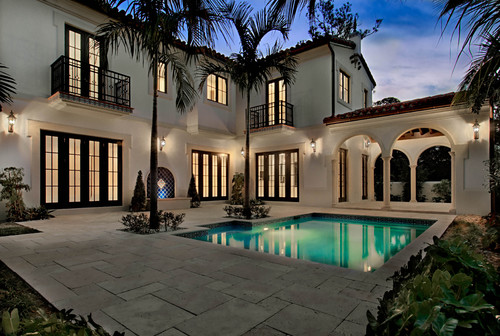

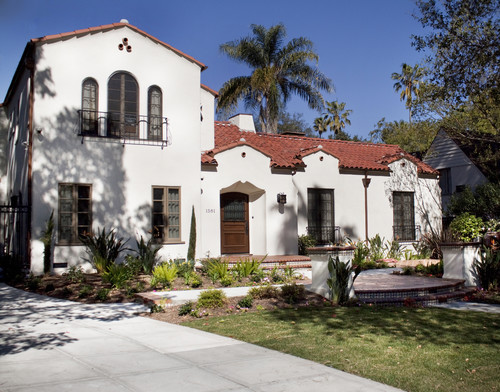


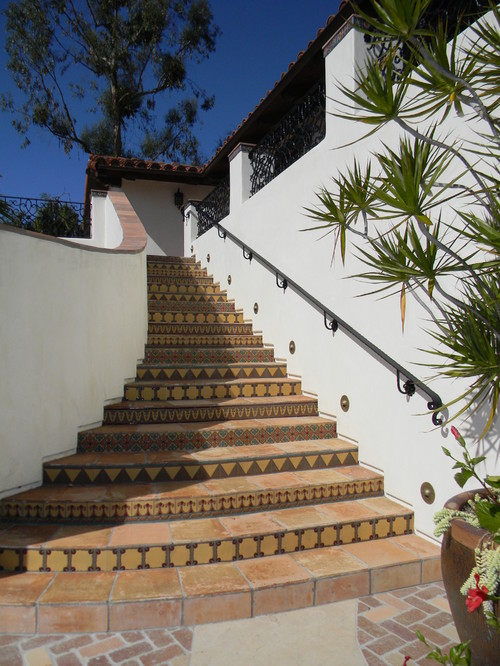
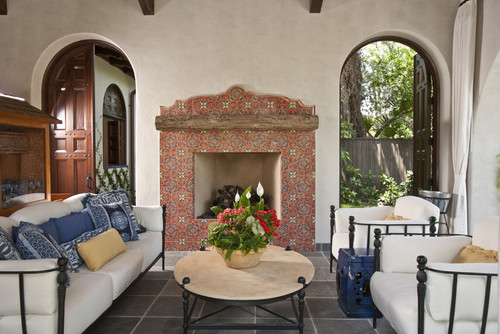
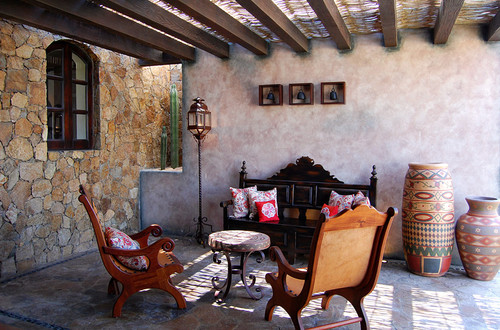
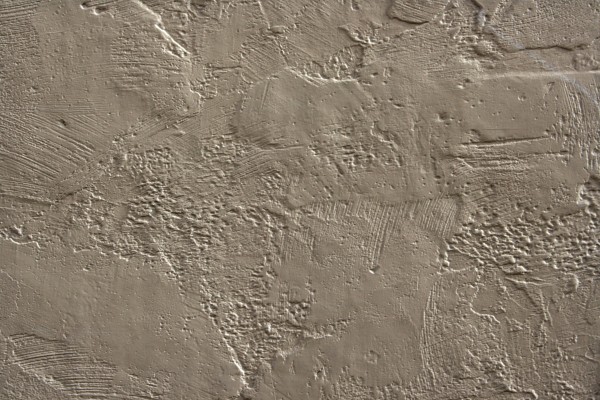
















nice post and blog. how old are you?
ReplyDelete